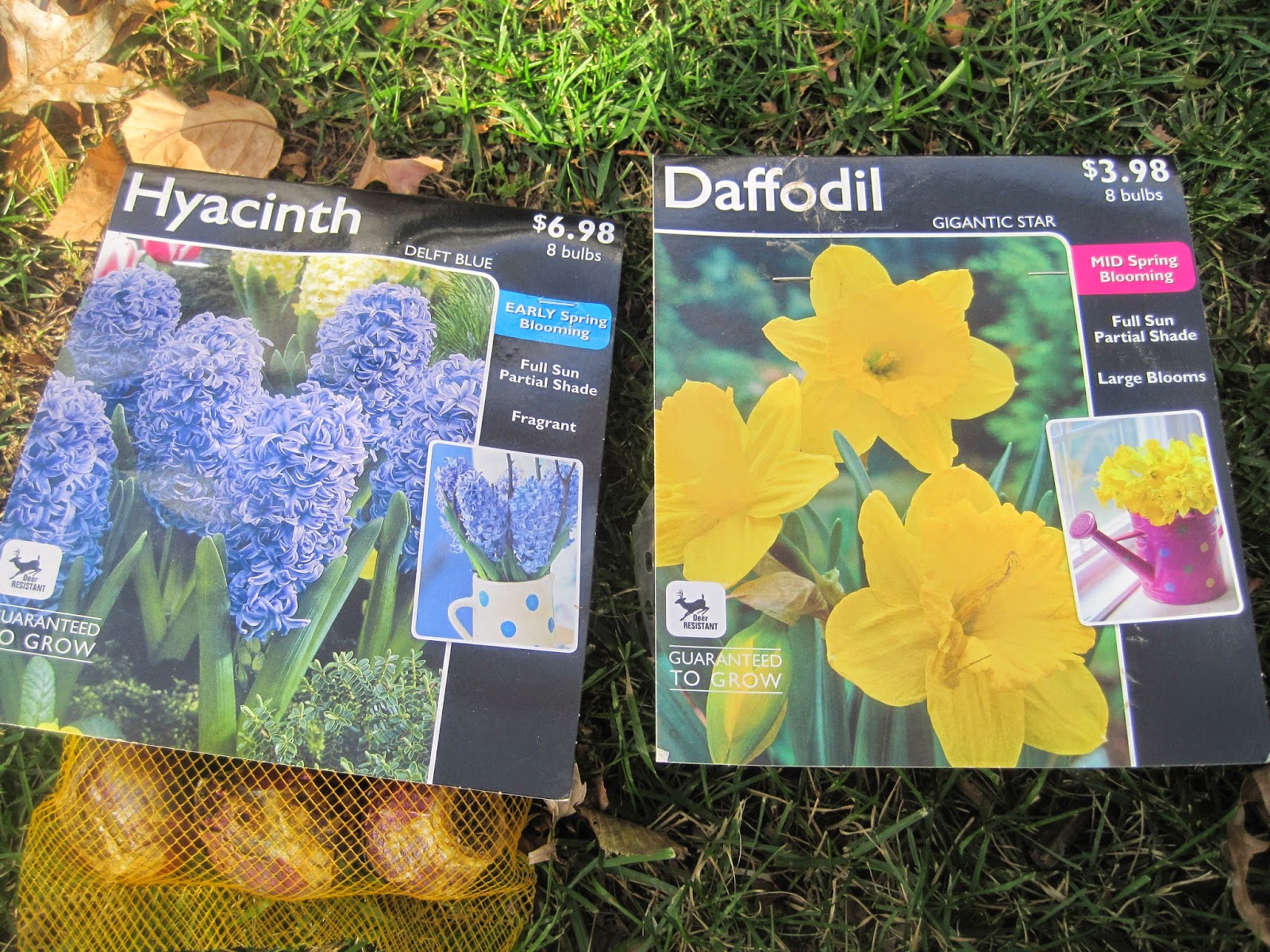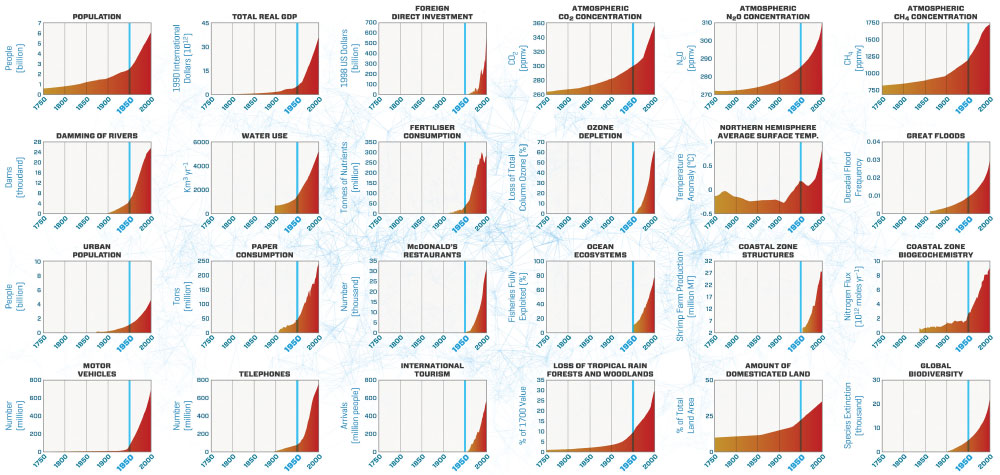When To Plant Hyacinth Bulbs For Beautiful Spring Blooms

Table of Contents
Understanding Hyacinth Bulb Planting Seasons
Planting hyacinth bulbs at the right time is crucial for spring blooms. These beautiful flowers need a period of cold stratification – a chilling period in the soil – to trigger flowering. This means planting in the fall is essential for spring blooms. The exact planting time, however, varies depending on your geographical location and the USDA hardiness zone you reside in.
- Cooler climates (Zones 3-6): Plant your hyacinth bulbs in October or November. The earlier you plant in these colder zones, the better the chance for strong root establishment before the ground freezes.
- Warmer climates (Zones 7-9): Plant your hyacinth bulbs in November or December. In warmer zones, you'll want to plant later to avoid premature sprouting before the first frost.
- Specific planting dates: To determine the precise planting dates for your area, consult local gardening resources or your local agricultural extension office. They can provide the most accurate information based on your region's first expected frost date and average soil temperatures. Knowing your local frost dates is key to successful hyacinth bulb planting.
Preparing Your Soil for Hyacinth Bulbs
Healthy soil is crucial for healthy hyacinth bulbs. Well-draining soil is paramount to prevent rot, a common problem with these bulbs. Hyacinths don't like "wet feet."
- Well-draining soil: Before planting, ensure your soil drains well. Amend heavy clay soils by incorporating organic matter like compost or peat moss to improve drainage and aeration. This will create a much more hospitable environment for your hyacinth bulbs.
- Ideal soil pH: Hyacinth bulbs prefer a slightly acidic to neutral soil pH, ideally between 6.0 and 7.0. Test your soil's pH using a soil testing kit and adjust accordingly with lime (to raise pH) or sulfur (to lower pH).
- Soil preparation steps:
- Loosen the soil to a depth of 8-10 inches. This allows the bulbs to easily penetrate the earth and establish a strong root system.
- Incorporate 2-3 inches of compost or peat moss per square foot to improve soil structure and fertility.
- Test your soil's pH and adjust as needed before planting your hyacinth bulbs.
Planting Hyacinth Bulbs: A Step-by-Step Guide
Planting hyacinth bulbs is straightforward, but proper technique ensures optimal growth and beautiful blooms.
- Planting depth: Plant hyacinth bulbs approximately 6-8 inches deep. This ensures proper root development and protects the bulbs from frost.
- Spacing: Space your hyacinth bulbs 3-4 inches apart to allow for adequate growth and prevent overcrowding. Overcrowding can lead to smaller blooms and increased risk of disease.
- Orientation: Always plant the bulbs pointy-end up. The pointed end is the growing point, and planting it upwards ensures the plant grows correctly.
- Planting process:
- Dig holes deep enough for the bulbs.
- Place the bulbs pointy-end up in the holes.
- Space bulbs appropriately.
- Gently cover the bulbs with soil.
- Water gently after planting to settle the soil around the bulbs.
Aftercare for Hyacinth Bulbs
Once planted, consistent aftercare helps your hyacinth bulbs thrive.
- Watering: Water your hyacinth bulbs regularly, especially during dry spells. Keep the soil consistently moist but not waterlogged. Deep watering is preferable to frequent shallow watering.
- Mulching: Apply a 2-3 inch layer of mulch (such as shredded bark or leaf mold) after planting to help retain soil moisture, suppress weeds, and protect the bulbs from frost damage.
- Fertilization: Generally, fertilization is not necessary if you've amended your soil with compost. However, you can use a balanced bulb fertilizer in early spring if your soil is particularly poor.
- Pest and disease control: Monitor your hyacinth bulbs for signs of pests or diseases and take appropriate action if necessary. Good soil preparation and proper spacing can help prevent many problems.
Choosing the Right Hyacinth Bulbs
Selecting high-quality hyacinth bulbs increases your chances of a stunning display.
- Bulb quality: Choose bulbs that are firm, plump, and heavy. Avoid bulbs that are soft, shriveled, or show signs of mold or damage.
- Variety selection: Explore the wide array of colors and fragrances available. From classic blue and purple to vibrant pink, white, and even yellow, there's a hyacinth for every garden.
- Reputable suppliers: Purchase your hyacinth bulbs from reputable suppliers to ensure high-quality bulbs that are likely to flower successfully.
Conclusion
Planting hyacinth bulbs at the right time is crucial for enjoying their vibrant spring blooms. By following these steps and understanding the optimal planting time based on your geographical location and soil conditions, you’ll be well on your way to a spectacular spring garden filled with the fragrant beauty of hyacinth bulbs. Don't delay; start planning your hyacinth bulb planting today for a breathtaking springtime display! Remember to check your local frost dates to determine the perfect time to plant your hyacinth bulbs for optimal growth. Happy gardening!

Featured Posts
-
 Hujan Di Bandung 26 Maret Simak Prakiraan Cuaca Jawa Barat
May 29, 2025
Hujan Di Bandung 26 Maret Simak Prakiraan Cuaca Jawa Barat
May 29, 2025 -
 Will Pressure Lead To A Live Nation Breakup Analysis And Predictions
May 29, 2025
Will Pressure Lead To A Live Nation Breakup Analysis And Predictions
May 29, 2025 -
 Q Music Viv Mellish Showcases Four Brisbane Women Shaping The Music Industry
May 29, 2025
Q Music Viv Mellish Showcases Four Brisbane Women Shaping The Music Industry
May 29, 2025 -
 New Infostealer Arcane Exploits Game Cheats To Target You Tube And Discord
May 29, 2025
New Infostealer Arcane Exploits Game Cheats To Target You Tube And Discord
May 29, 2025 -
 Nike Air Max Dn8 Snakeskin Hv 8476 300 Release Info And Restock Updates
May 29, 2025
Nike Air Max Dn8 Snakeskin Hv 8476 300 Release Info And Restock Updates
May 29, 2025
